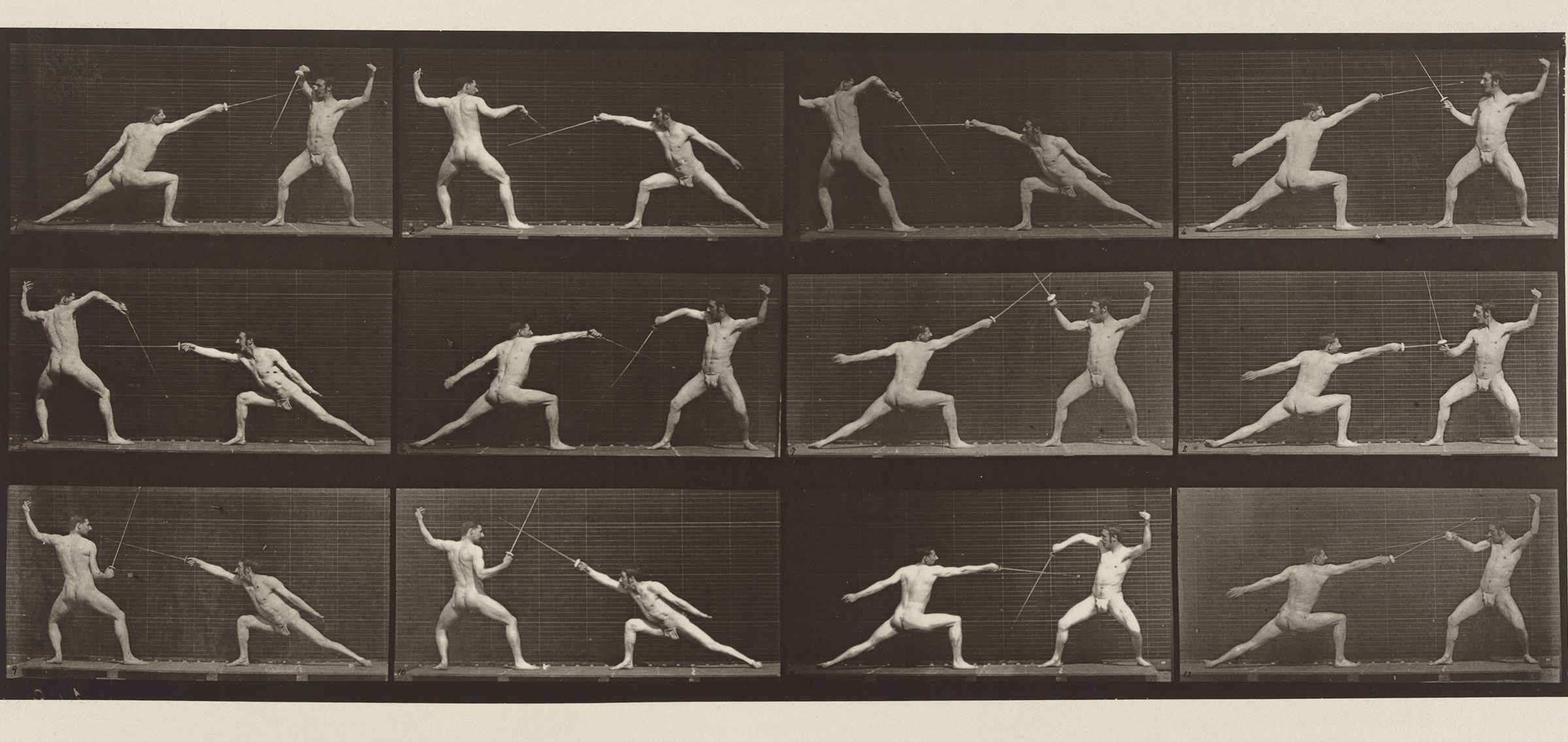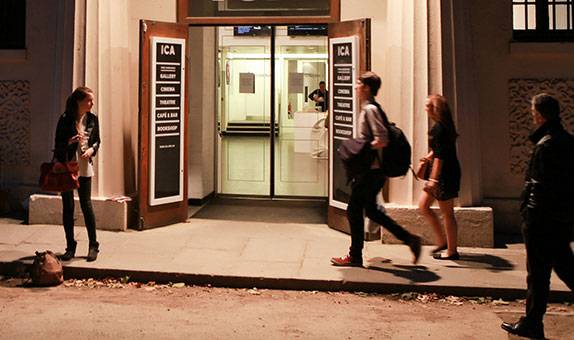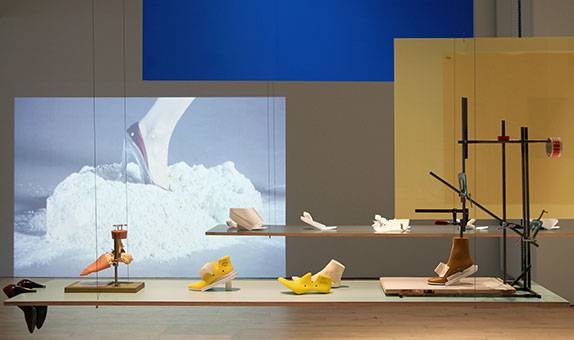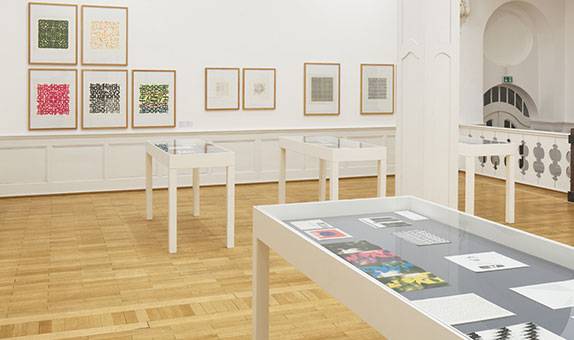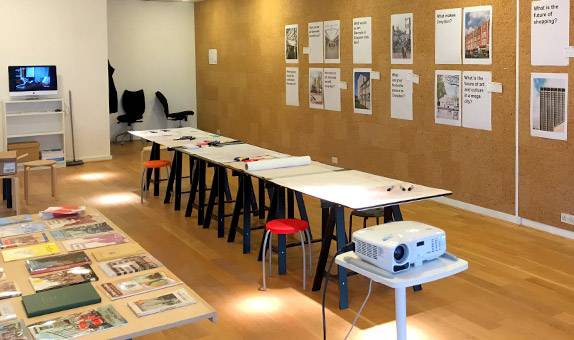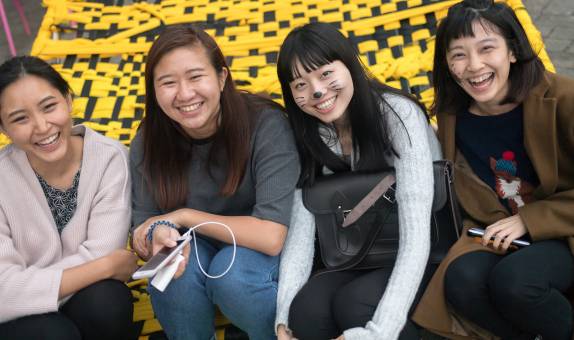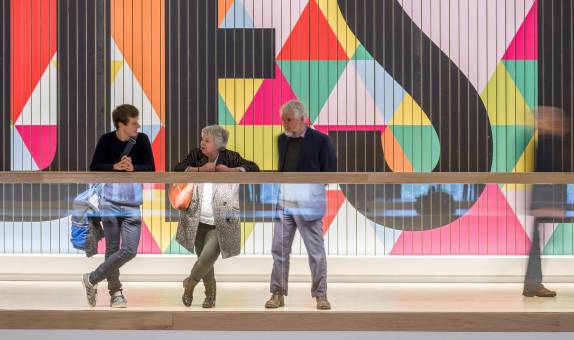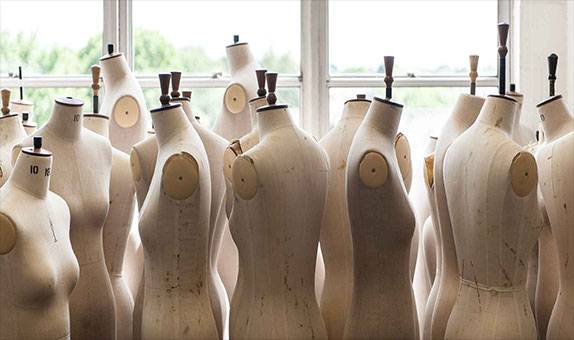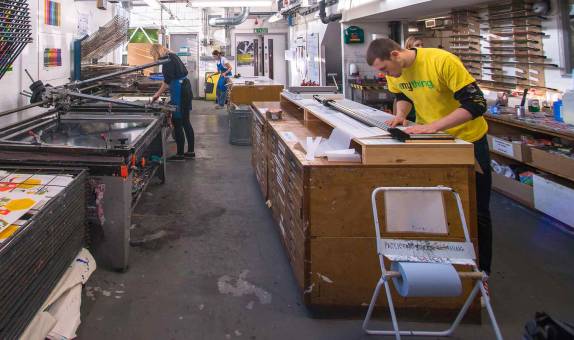From Tallinn to Tbilisi: Art across boundaries in the age of empire
Event series: January to October 2023
Through the long 19th century until the eventual collapse of the Russian Empire in 1917, artists in territories under imperial control, such as Poland, Finland, Ukraine, the Baltics, the Caucasus, Central Asia and others, increasingly explored questions of national identity in response to hegemonic and Russo-centric narratives advanced by the tsarist regime.
In this seminar series, speakers examine art production in key centres of activity beyond St Petersburg and Moscow to present perspectives from across the Empire. Exploring a range of topics, such as art education, travel, national revivals, and women's advancement, they consider the ways in which artists negotiated ethnic and territorial identities, advanced their professional careers, and recalibrated their art-making in response to imperial rule.
This is a past event series. Recordings are available in our past lectures section.
Organised by:
Lauren Warner-Treloar (Kingston University, Visual and Material Culture Research Centre)
Lauren Warner-Treloar is an AHRC Techne Doctoral Researcher at Kingston School of Art and her research project is entitled 'Sound Art and Visual Culture: The Anti-Book Experiment in the Romanov Empire and the USSR, 1881-1932'.
Dr Louise Hardiman (Independent Scholar)
Dr Louise Hardiman is an independent scholar specialising in Russian, Soviet and Ukrainian art and the history of British-Russian cultural exchange.
Read more about the organisers.
Hosted by: Kingston School of Arts Visual and Material Culture Research Centre
Image: Edvard Isto, Attack, 1899, oil on canvas, National Museum of Finland, Helsinki.
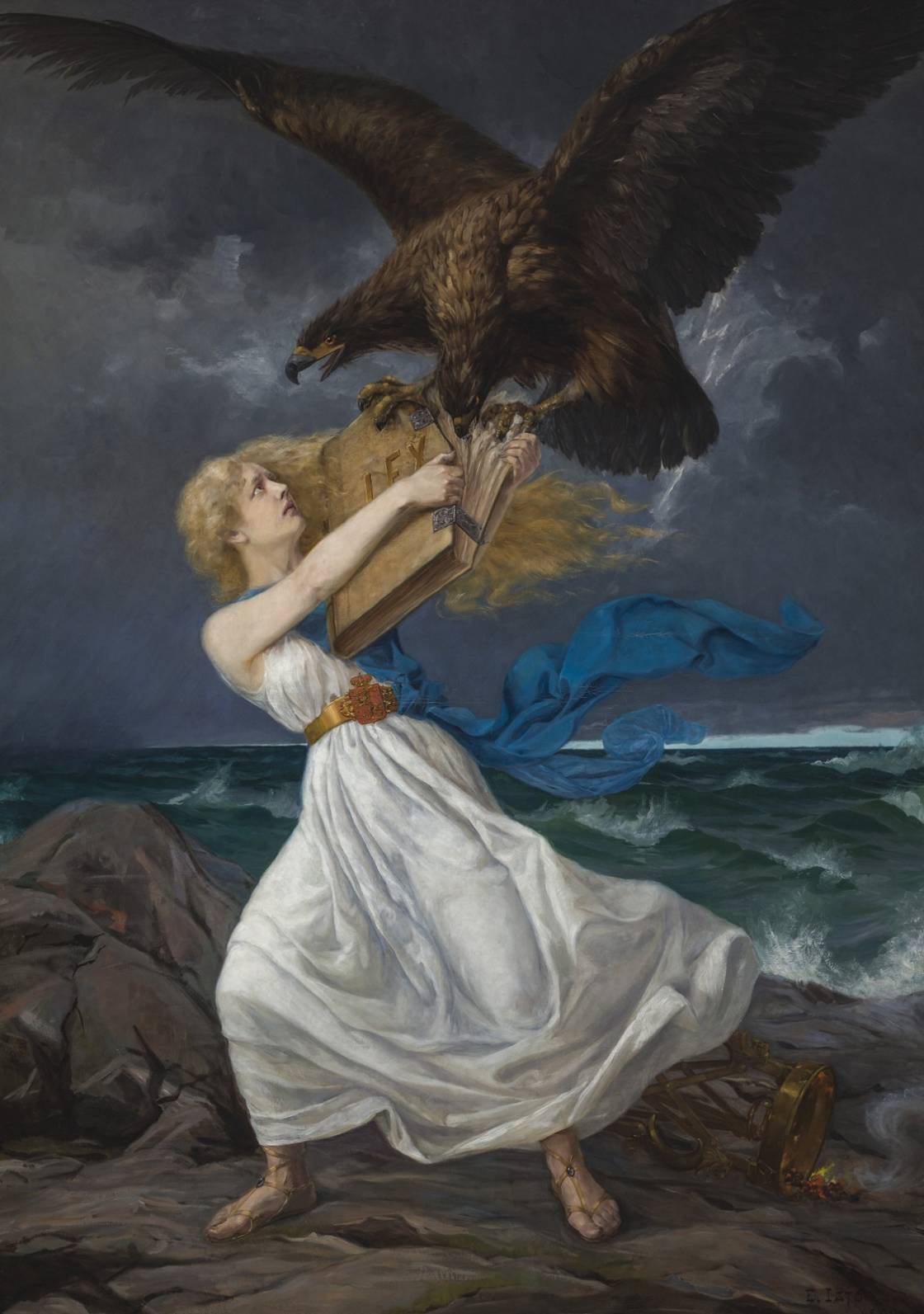
Past lectures
If you've missed a lecture in this series, don't worry. Past lectures are listed below, with links to recordings of them.
Without affiliation: Iliazd and avant-garde identity politics
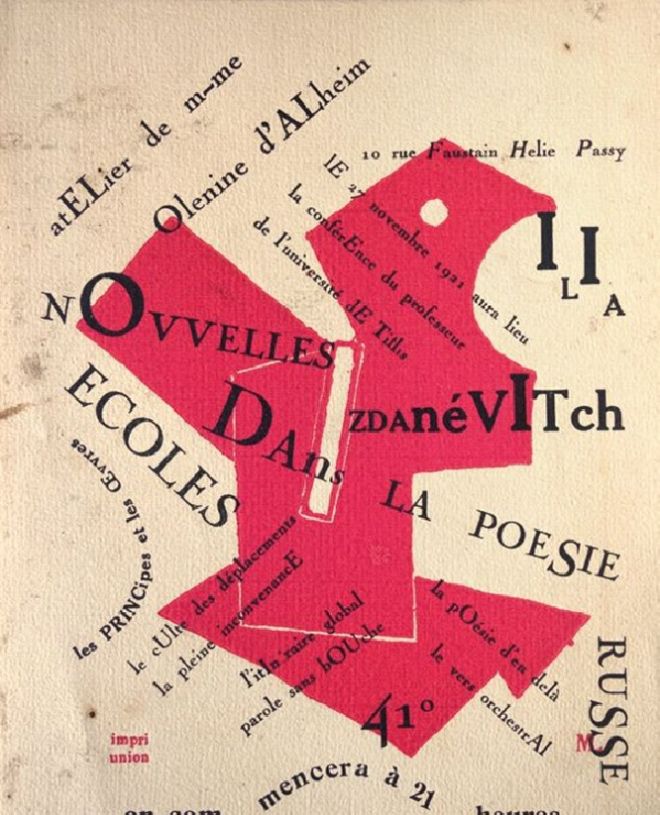
Date: 23 January 2023
Speaker: Johanna Drucker, University of California, Los Angeles
Born in Tiflis [Tbilisi], Georgia in 1894, while the area was part of the Russian Empire, poet Ilia Zdanevich ("Iliazd"), seems to have felt little identification with the region. If he spoke Georgian (his mother's native tongue), he gave no indication of this in his writings. After 1912, he moved into Russian avant-garde circles in Moscow and St. Petersburg. But he also "discovered" the self-taught Georgian painter, Nikos Pirosmani. He was passionate about ancient Armenian and Georgian church architecture. He loved the mountains of the Caucasus region. However, he did not express any affiliation as a "Georgian" or mention the politics of the region in his work, only noting that after the Revolution in October 1917 he was prevented from returning to Russia. His early experimental plays, composed between 1916-20, identify Tiflis as their publication site. But he never mentions the interlude from May 1918 through to February 1921, when Georgia was briefly an independent republic before being annexed by the Soviet Union, or the name change of his birthplace to Tbilisi in 1936. Iliazd travelled to Paris in 1921 and spent the rest of his life there as a publisher and poet. Linked to international art circles, Iliazd's career raises interesting questions about the combination of local culture(s) (Georgian, Russian, Parisian) and national identity politics in the modern avant-garde.
Johanna Drucker is Distinguished Professor and Breslauer Professor in the Department of Information Studies at UCLA. She is internationally known for her work in the history of graphic design, typography, experimental poetry, art, and digital humanities. Recent work includes Inventing the Alphabet (University of Chicago, 2022), Visualisation L'Interprétation modélisante (B42, 2020), and Iliazd: Meta-Biography of a Modernist (Johns Hopkins University Press 2020). Her artist's books are widely represented in museum and library collections. She was elected to the American Academy of Arts and Sciences in 2014. In 2021 she received the AIGA's Steven Heller Award for Cultural Criticism.
Image: Ilia Zdanevich, New Schools of Russian Poetry (Paris), 1921, poster, private collection.
Cherchez les femmes: Women artists from Ukraine in Paris (late 19th and early 20th centuries)
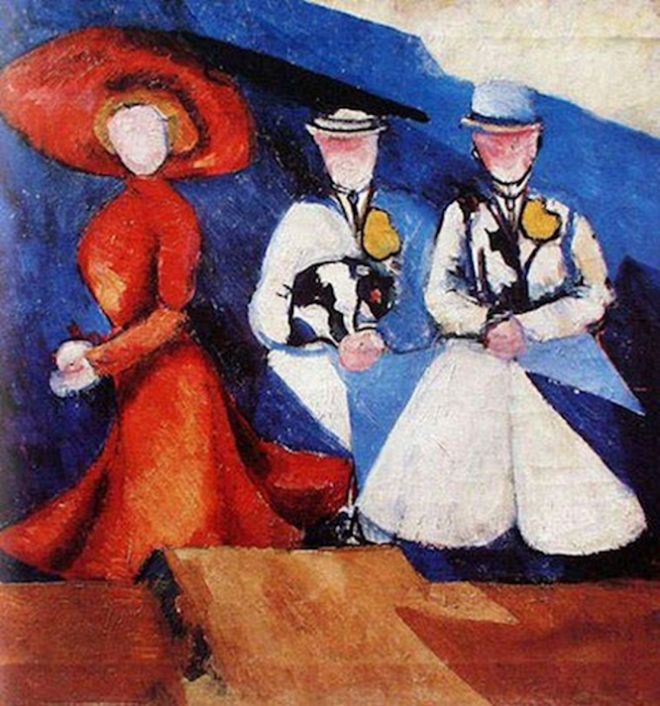
Date: 20 February 2023
Speaker: Vita Susak, Independent Scholar, Basel
The question "Why Have There Been No Great Women Artists?", posed by Linda Nochlin in 1971, has received many answers in different countries over the course of five decades.
In 2019, the book Why There Are Great Women Artists in Ukrainian Art?, edited by Kateryna Yakovlenko (Pinchuk Art Center), was published in Kyiv. It contains articles about outstanding Ukrainian representatives of the avant-garde, Soviet realism, and underground and naive art of the 20th century, mainly focusing on contemporary names.
In my lecture, I will present five women artists from Ukraine who played prominent roles in international art in the late 19th and early 20th centuries: Marie Bashkirtseff (1858-1884); Alexandra Exter (1882-1949); Sonia Lewitska (1874-1937); Sonia Delaunay (1885-1980); and Chana Orloff (1888-1968).
Highlighting their work's specificities and connections with Ukrainian natural and cultural landscapes, I will also touch upon their identity(-ies) and later identification. None of them were ethnically Russian, none of them studied at art schools in Moscow or St Petersburg, and yet all of them were appropriated by the Russian imperial discourse.
Attribution and appropriation of cultural heritage (not only of territories) are used by Russia to perpetuate its imperialist discourse. Today, Ukraine needs to reattribute and reappropriate many individuals and their legacies, to show to the world its own history, the history of art as well.
Ukraine is not Russia is the title of the book by Ukrainian President Leonid Kuchma, published in Moscow in 2003 in Russian. In the West, few people noticed it. Only the war, the brutal, targeted destruction of Ukraine's cultural monuments, and the strong resistance of the Ukrainian people (which surprised the West) are slowly yielding the recognition that Ukraine is not Russia.
We are dealing with a war of concepts; in this sense, academic representations of the past will determine outcomes today and tomorrow. The deconstruction of Russian imperial narrative, and the recognition of Estonian, Ukrainian, Georgian or other contributions will determine our common European future.
Vita Susak, PhD in Art History, is a Ukrainian independent researcher, curator, and expert for the Ukrainian Cultural Foundation at the Ministry of Culture of Ukraine; she is a member of the Swiss Academic Society for East European Studies. In 1992–2016, Susak headed the Department of Modern European Art at the Lviv National Art Gallery, where she curated 28 exhibitions. She taught at the Ivan Franko National University in Lviv (2011–2015). She received fellowships from: The Getty Foundation (USA); Maison des Sciences de l'Homme (Bourse Diderot), France; Landis & Gyr Foundation, Switzerland; and the Fulbright Program (USA). She has authored numerous publications, including two monographs: Ukrainian Artists in Paris, 1900–1939 (2010) and Alexis Gritchenko: Dynamocolor (2017). Since 2016, Vita Susak has lived and worked in Switzerland. Her recently published articles include "Whose Malevich? Why Malevich?" in Divided Memories, Shared Memories, Poland, Russia, Ukraine, Connexe 5 (2019), and "Memoire et monuments" in Histoire partagée, mémoires divisées. Ukraine, Russie, Pologne (2020).
Image: Alexandra Exter, Ladies with a Little Dog, 1910-11, oil on canvas, National Art Museum of Ukraine, Kyiv.
Incising the future in early colonial Alaska

Date: 20 March 2023
Speaker: Bart Pushaw, University of Copenhagen
Estonian museums are home to significant, but little-known repositories of Native Alaska material culture. This location reflects the critical role of Baltic actors in the invasion and occupation of Unangax and Sugpiaq homelands as the Russian Empire expanded into the Americas in the eighteenth century. The Russian American Company facilitated the enslavement of Indigenous hunters to procure sea otter pelts for trade with Qing China. Native artists created complex responses to the devastation wrought by the Russian Empire's violent logics of extraction.
This lecture focuses on one such object in the Estonian History Museum in Tallinn: an incised whale tooth depicting hunters pursuing marine mammals. It places the iconography within the global context of Unangax and Sugpiaq art histories during the Russian colonial occupation between the 1730s and 1860s. Confiscated from Qikertaq (Kodiak Island) by a Baltic official, the whale tooth also anticipates an inevitable homecoming, as its circulatory design portends a future migration away from Baltic waters and back to the Pacific.
Bart Pushaw teaches art history at the University of Copenhagen, where he works with the international research project "The Art of Nordic Colonialism: Writing Transcultural Art Histories." He received his PhD from the University of Maryland. His research focuses on issues of race, environment, and materiality in order to centre global narratives in the Indigenous Arctic and the wider Finno-Ugric world.
As a scholar and curator, he collaborates with museums and collections in and out of the Arctic to propel the accessibility of Inuit cultural heritage and advance repatriation campaigns. In addition to his first book manuscript, Indulgent Images, he is also the co-editor of two forthcoming volumes, Unfinished Histories: Art, Memory, and the Visual Politics of Coloniality (with Mathias Danbolt and Mette Kia Krabbe Meyer) and The Material Legacies of Nordic Empire (with Thor Mednick). Other writing on indigeneity and arts in the Russian Empire is forthcoming in the volumes Picturing Russian Empire and Routledge Companion to the Global Renaissance.
Image: Once-known Alutiiq maker, Woven grass pouch, late 18th c., lyme grass, cotton thread, silk, MAЭ No. 2888-93, Kunstkamera, St Petersburg.
Nomadic art as cultural and political capital
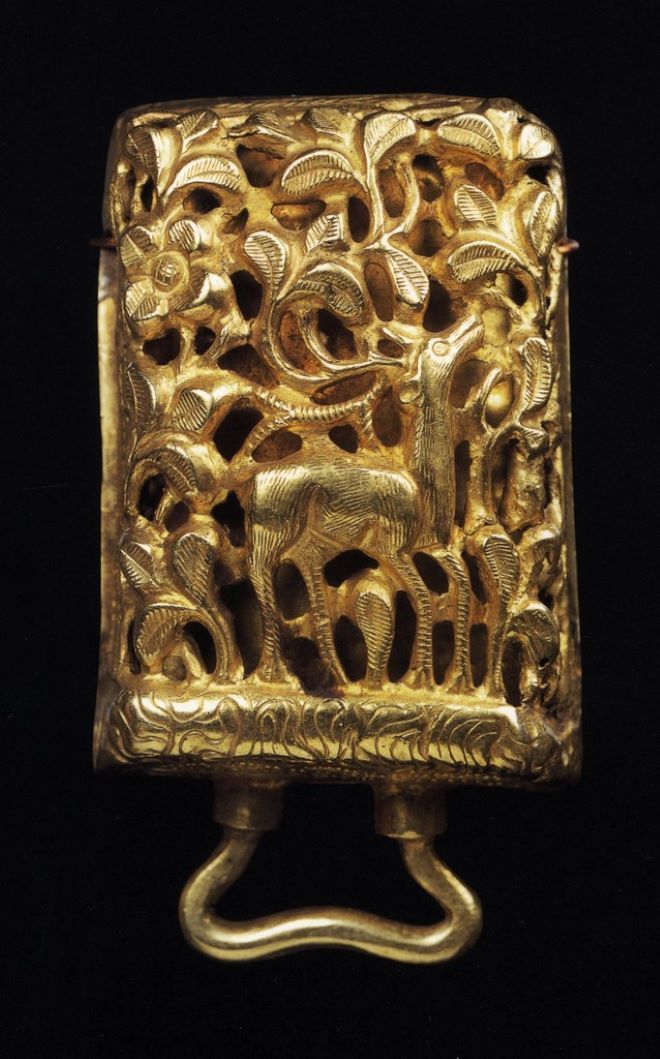 Date: 24 April 2023
Date: 24 April 2023
Speaker: Petya Andreeva, Parsons School of Design, The New School
Home to both nomadic and sedentary groups of various ethnic and religious backgrounds, the Golden Horde (1242-1502) was the Mongol Empire's north-western and most diverse section. The polity was situated at the heart of the Western Steppe and became the centre of the newly-emerging Black Sea trade routes passing through Crimea (Urgench-Sarai-Caffa). Whilst centred at the traditionally nomadic steppe, the Golden Horde was surrounded by several sedentary societies, including the Grand Duchy of Moscow. Ruling over such diverse demographics, the Mongol rulers of the Golden Horde had to maintain, reconcile and fashion two distinct identities. One was that of a worldly trade partner and an astute politician in an increasingly global milieu who started to invest in the urbanisation of the steppe under Pax Mongolica. The other was that of a proud successor to an uninterrupted steppe nomadic tradition defined by zoomorphism and portable luxury. As such, the Golden Horde elite started to build trade-centred cities, often modelled after Islamic urban centres elsewhere in Afro-Eurasia; yet, they also needed to demonstrate a certain attachment to centuries-old nomadic traditions to maintain the collective memory of a tenuous alliance. This lecture will explore the visual and political parameters of this "balancing act", and also delve into the later impact of the Golden Horde on Central Asian and Russian imperial history. Could certain parallels be drawn between the self-fashioning dilemmas of the Russian tsars and those of the Golden Horde khans, especially in light of their similar political challenges in Crimea and on the global stage?
Petya Andreeva is Assistant Professor of Asian Art History at Parsons School of Design of The New School in New York. She completed her PhD in East Asian Studies at the University of Pennsylvania. Her research interests span several main areas: artistic exchange across the Silk Roads, nomadic material culture, Chinese art under conquest dynasties, patronage and dissent under the Mongol and Russian imperial conquests in Central Eurasia. Her work on these topics has appeared in the Journal of the Royal Asiatic Society, Fashion Theory, Early China, Orientations, Sino-Platonic Papers, several National Museum of Korea volumes, among other publications. She is the editor of the recently published open-access volume The Zoomorphic Arts of Central Eurasia, and the author of an upcoming book on nomadic visual and material culture. Andreeva has received awards from UNESCO, the International Convention of Asia Scholars, the Getty Foundation and the American Council of Learned Societies.
Image: Early Golden Horde, gold belt fitting with deer amid foliage, 13th c. Discovered in Gashun-Ust (near modern-day Stavropol, south Russia).
Architecture and empire in the Grand Duchy of Finland under Alexander I and Nicholas I
 Date: 15 May 2023
Date: 15 May 2023
Speaker: Markus Lähteenmäki, University College London (Jan 2023)
The talk assesses the role of architecture and building projects in the process of making Finland part of the Russian Empire after its annexation in 1809. It focuses on the building of Helsinki as the new capital of the Grand Duchy of Finland under the overseeing eye of the emperors. The city was nearly entirely rebuilt starting in 1812 according to new plans made by J.A. Ehrenström for the urban grid and C. L. Engel for the monumental buildings. Drawing parallels to other cities on the borders of the Russian Empire, as well as individual building types such as customs houses, the talk sets these building projects in the context of the expansionist and empire-building practices of Russia in the early 19th century. On this basis it elucidates the role of architecture in the process of building the Russian Empire.
Markus Lähteenmäki is a SNSF Postdoctoral fellow at UCL SSEES as of January 2023. He previously held a similar position at the University of Helsinki (2022). He was educated as an art historian at the University of Helsinki (BA, 2012) and Courtauld Institute of Art (MA, 2013) and defended his doctoral thesis titled "The History that is Made In the Streets": Architecture and Images of Public Space in Revolutionary Russia in January 2022 at ETH Zurich. He is the main organiser of the European Architectural History Network Thematic Conference in Helsinki in June 2023 States in Between: Architecture and Empire in East Europe and North Eurasia. He previously worked as the curator of the Drawing Matter initiative (2014-2016) in the UK and has regularly taught at the ETH department of architecture as well as at the Cass School of Arts, London Metropolitan University. His curatorial work has been featured among others by BBC World Service, The Financial Times and Art Forum.
Image: C.L. Engel, Design for the main building of the Imperial Alexander University (later University of Helsinki), 1828, National Archives of Finland, Helsinki.
Beauty as a weapon of political resistance:
Karol K?osowski and his studio at Silent Villa
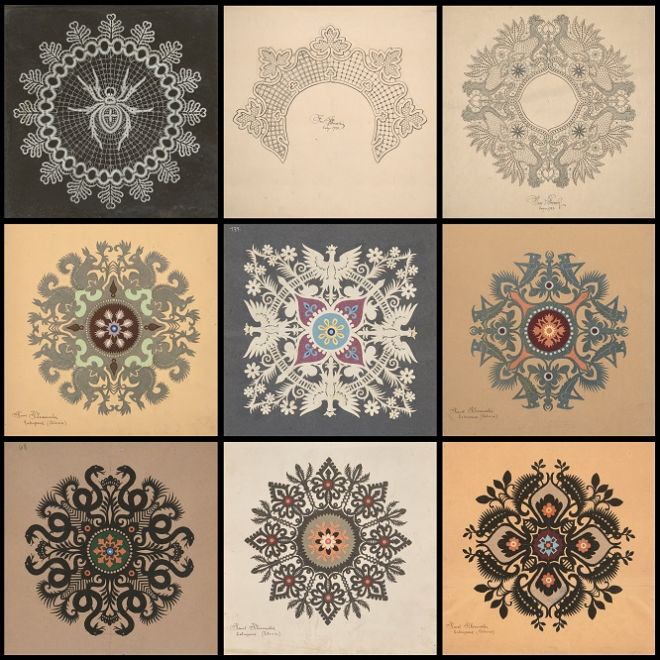
Date: 3 July 2023
Speaker: Julia Griffin, Art Historian, Curator and Author
The Young Poland movement emerged in the 1890s in response to Poland's non-existence for almost a century. From the end of the 18th century, Poland underwent successive partitions between Russia, Austria and Prussia, resulting in the country disappearing from the map of Europe for 123 years. In the words of historian Norman Davies, Poland became "just an idea – a memory from the past or a hope for the future". With the failure of military uprisings, the arts became a means to preserve an endangered cultural identity. As Richard Holledge observed about Young Poland "borders come and go; governments rise and fall but arts and crafty artists can ensure that the people do not have to allow their identity to be subsumed by hostile forces….beauty can be used as a weapon. After all, a movement that can make a coffee cup into a token of subversion can survive anything. And they did."
The movement originated under the more liberal Austrian partition known as Galicia, namely in Kraków and the nearby village of Zakopane at the foot of the Tatra Mountains, and soon spread across the nation. It embraced an unprecedented flourishing of applied arts and the revival of crafts, drawing inspiration from nature, history, peasant traditions and craftsmanship to convey patriotic values. Young Poland makers created distinctively Polish houses, interiors, ornamentation and individual household objects as powerful vehicles of political resistance. While the diverse visual language of Young Poland was created autonomously, in search of a distinctive cultural style and identity, it simultaneously looked outwards to the ethos of the Arts and Crafts Movement.
The lecture will illuminate the case study of Karol K?osowski (1882–1971) and his Silent Villa – a Total Work of Art and an Arts and Crafts house. K?osowski came from Podolia (today's Ukraine) and settled down in Zakopane, the heart of the Young Poland movement.
Dr Julia Griffin (née Dudkiewicz) is an art historian and curator with a specialism in British and Polish art and design (MA, Courtauld Institute of Art; PhD, University of the Arts London). As Young Poland Project Curator at the William Morris Gallery, she co-edited Young Poland. The Polish Arts and Crafts Movement, 1890-1918 (Lund Humphries, 2020; shortlisted for the 2022 Alfred H. Barr Jr. Award, CAA), and co-curated the world's first exhibition on the subject; Julia is the joint winner of the Association for Art History's 2022 Curatorial Award. Julia's PhD explored Rossetti, Morris and Kelmscott Manor. She is currently Curator of the Granville-Skarbek Anglo-Polish Cultural Exchange. As Principal Curator of the Guildhall Art Gallery, Julia designed the 15th Anniversary Rehang, launched in 2015, for which she was awarded Freedom of the City of London.
Karol K?osowski, selection of paper cuttings and lace designs, private collection. By descent from the artist and the Tatra Museum in Zakopane.
Video coming soon.
Armenian painterly modernity and the Union of Armenian Artists (1916-21)
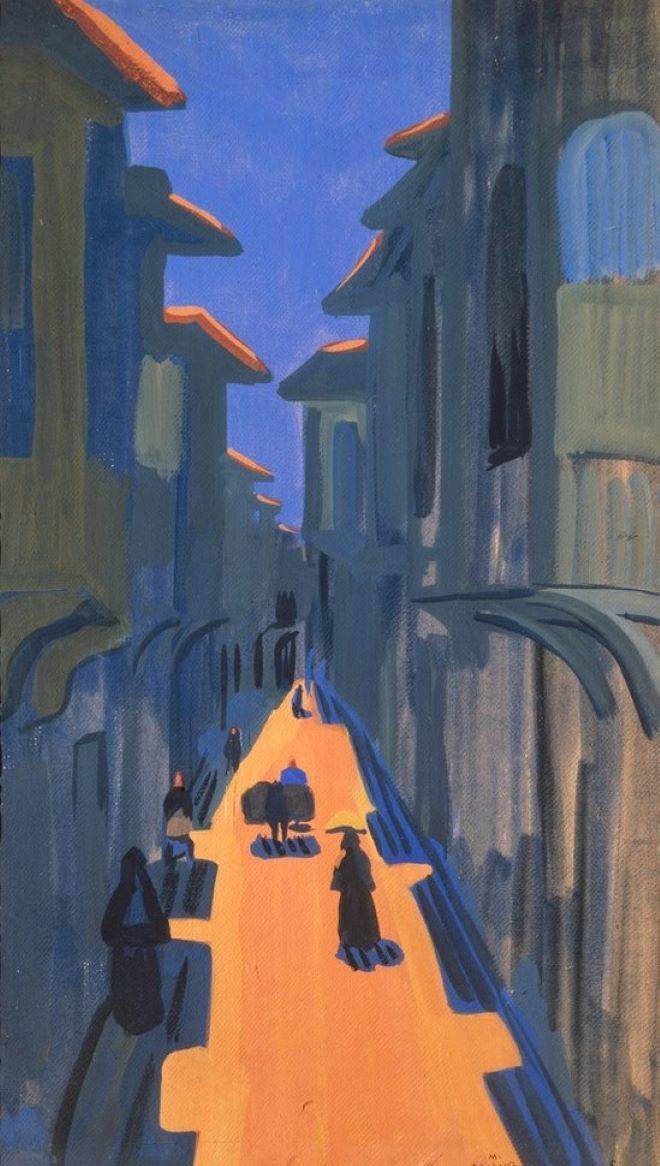
Rescheduled date: 9 October 2023
Speaker: Sato Moughalian, City University of New York Graduate Center
This talk considers the artistic formations of four Armenian painters who came to maturity before the Great War, and the proto-national institution they founded in 1916—the Union of Armenian Artists—in the wake of the Ottoman Young Turk regime's 1915-18 campaigns of anti-Armenian mass violence, dispossession, and forced migration, the constellation of events that has come to be known as the Armenian Genocide. What role did mass violence play in an artistic turn toward the national frame? Until 1915, the four artists—Russian-Armenians Vardges Sureniants (1860-1921), Yeghishe Tadevosyan (1870-1935), and Martiros Sarian (1880-1972), and Ottoman-Armenian Panos Terlemezian (1865-1941)—who were born and raised in diverse Armenian cultural nodes, studied in state and private academies across Eurasia, and participated in varied collectives and movements, including the Peredvizhniki, Mir Iskusstva, and Blue Rose. Their encounter in the autumn of 1915 at the site of refugee encampments, crystallised the formation of an Armenian-identified national art institution that mounted six major exhibitions between 1917-21, years marked by multiple wars, famine, a short-lived independent Armenian Republic (1918-20), and its subsequent Sovietisation.
The exhibitions themselves, catalogues and other ephemera, and vigorous debates in the Armenian press over a national art, constituted an ecosystem of identity that manifested, in the modern period, the longstanding Armenian construct of nation, a shared mentality maintained even in the absence of a territorialised state. Although the organisation was denounced in the Soviet period and largely suppressed from public memory, the Union of Armenian Artists offers an example of national identity creation on the cultural plane, both distinct from and entangled with the concurrent and more widely studied efforts of its hegemonic neighbours.
Sato Moughalian is a PhD student in Modern European History at the City University of New York (CUNY) Graduate Center, where she will continue to research Armenian visual culture and its intersections with mass violence and state formation, from the late nineteenth century through the early Soviet era. She recently completed an MA in Liberal Studies at the same institution; this talk draws from her thesis. She is also a professional flutist, with more than 40 chamber music recordings, and the author of Feast of Ashes: The Life and Art of David Ohannessian (Redwood, CA: Stanford University Press), a biography of her ceramicist grandfather. The book was longlisted for the 2020 PEN America/Jacqueline Bograd Weld Biography Award and a finalist for the American Association of Publishers' 2020 Professional and Scholarly Excellence (PROSE) Awards in Biography & Autobiography.
Image: Martiros Sarian, Constantinople Street at Midday, 1910, oil on panel, Tretyakov Gallery, Moscow.
